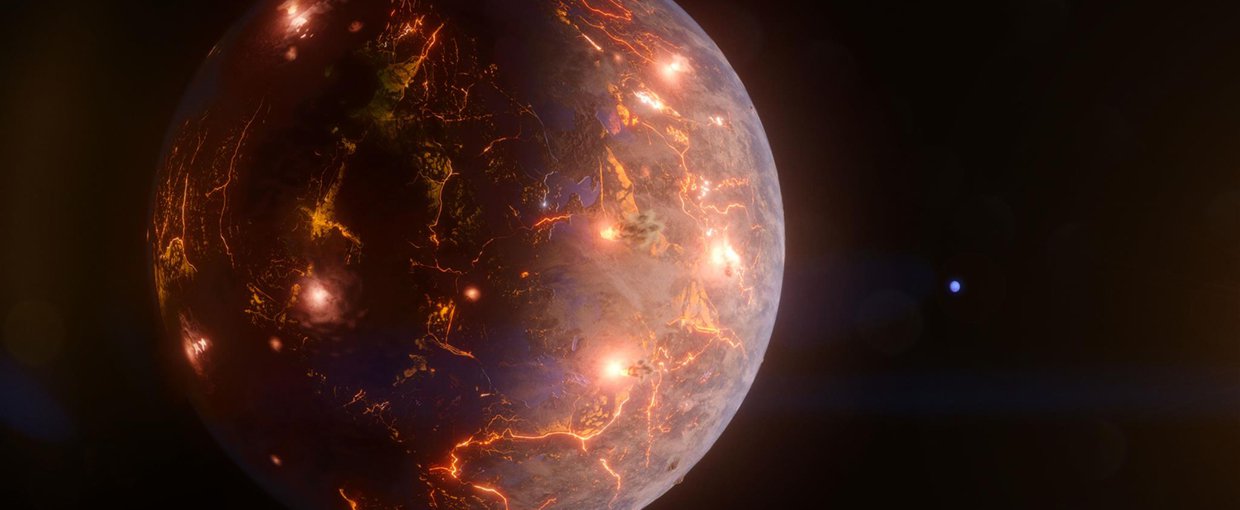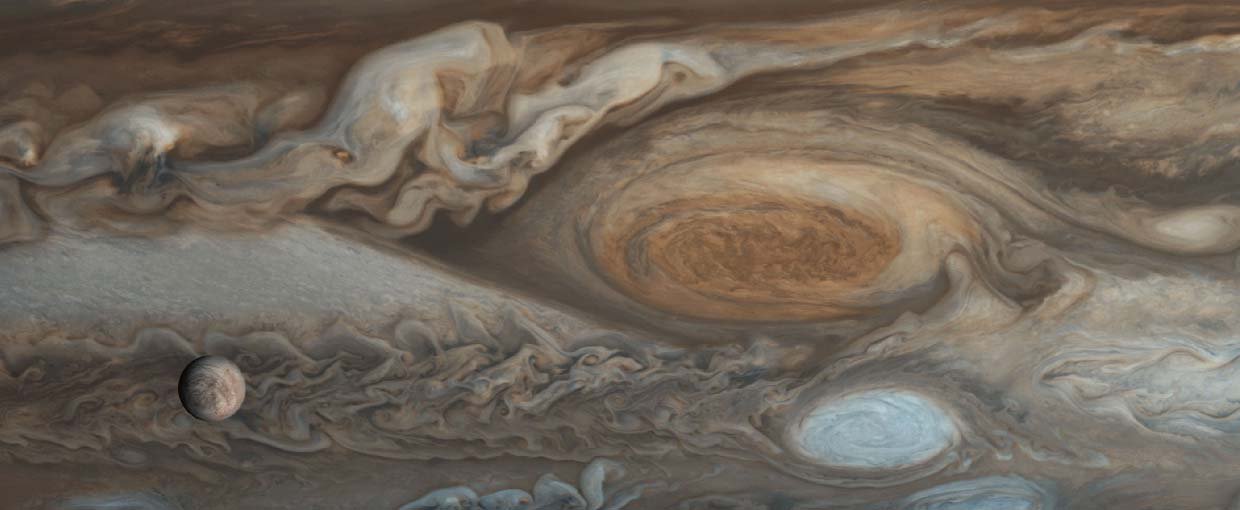Close, H. G., Bovee, R., & Pearson, A. (2011). Geobiology, 9(3), 250–265. doi:10.1111/j.1472-4669.2011.00273.x
Cook, A. M., Whittet, D. C. B., Shenoy, S. S., Gerakines, P. A., White, D. W., & Chiar, J. E. (2011). The Astrophysical Journal, 730(2), 124. doi:10.1088/0004-637x/730/2/124
Cordiner, M. A., Charnley, S. B., Buckle, J. V., Walsh, C., & Millar, T. J. (2011). The Astrophysical Journal, 730(2), L18. doi:10.1088/2041-8205/730/2/l18
Cowan, N. B., Robinson, T., Livengood, T. A., Deming, D., Agol, E., A'Hearn, M. F., … Charbonneau, D. (2011). The Astrophysical Journal, 731(1), 76. doi:10.1088/0004-637x/731/1/76
Elsila, J. E., Callahan, M. P., Glavin, D. P., Dworkin, J. P., & Brückner, H. (2011). Astrobiology, 11(2), 123–133. doi:10.1089/ast.2010.0505
Evans, N. L., Bennett, C. J., Ullrich, S., & Kaiser, R. I. (2011). The Astrophysical Journal, 730(2), 69. doi:10.1088/0004-637x/730/2/69
Fieber-Beyer, S. K., Gaffey, M. J., & Abell, P. A. (2011). Icarus, 212(1), 149–157. doi:10.1016/j.icarus.2010.12.013
Foing, B. H., Stoker, C., Zavaleta, J., Ehrenfreund, P., Thiel, C., Sarrazin, P., … Blake, D. (2011). International Journal of Astrobiology, 10(03), 141–160. doi:10.1017/s1473550411000036
Goldblatt, C., & Zahnle, K. J. (2011). Clim. Past, 7(1), 203–220. doi:10.5194/cp-7-203-2011
Hamilton, T. L., Boyd, E. S., & Peters, J. W. (2011). Microbial Ecology, 61(4), 860–870. doi:10.1007/s00248-011-9824-9



